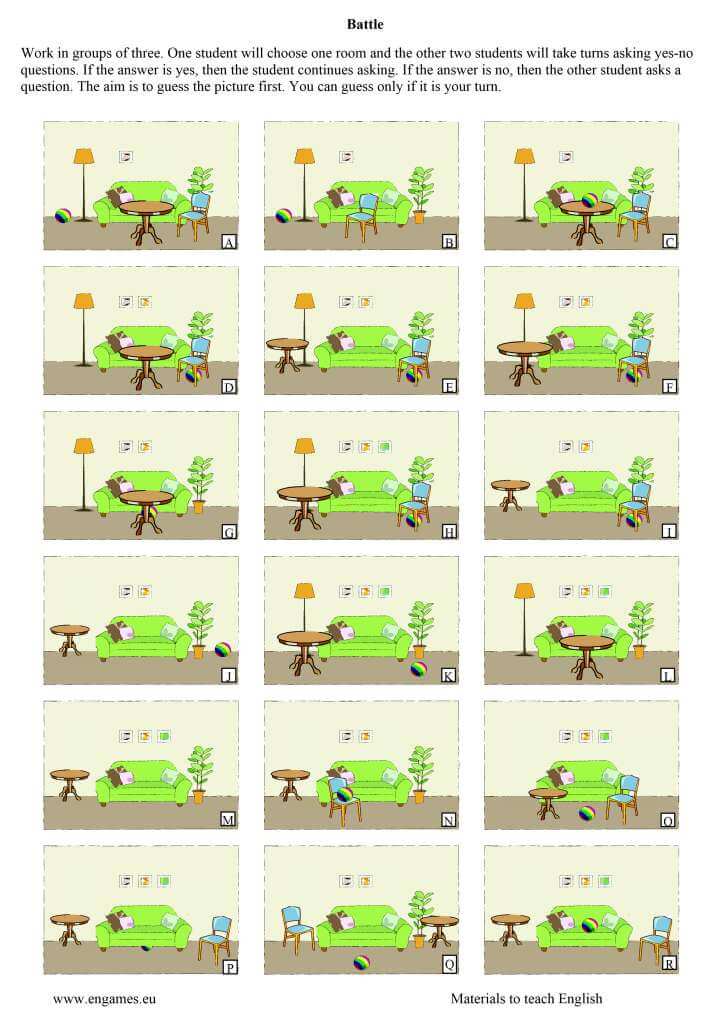Prepositions of place – speaking activities
Recently, in the post called Questions with Like, I asked you to choose the activity you would like me to write about. Most of you voted for a Speaking activity, so I prepared a set of speaking activities to practice the prepositions of place. I have already created a post on prepositions, so this time…
